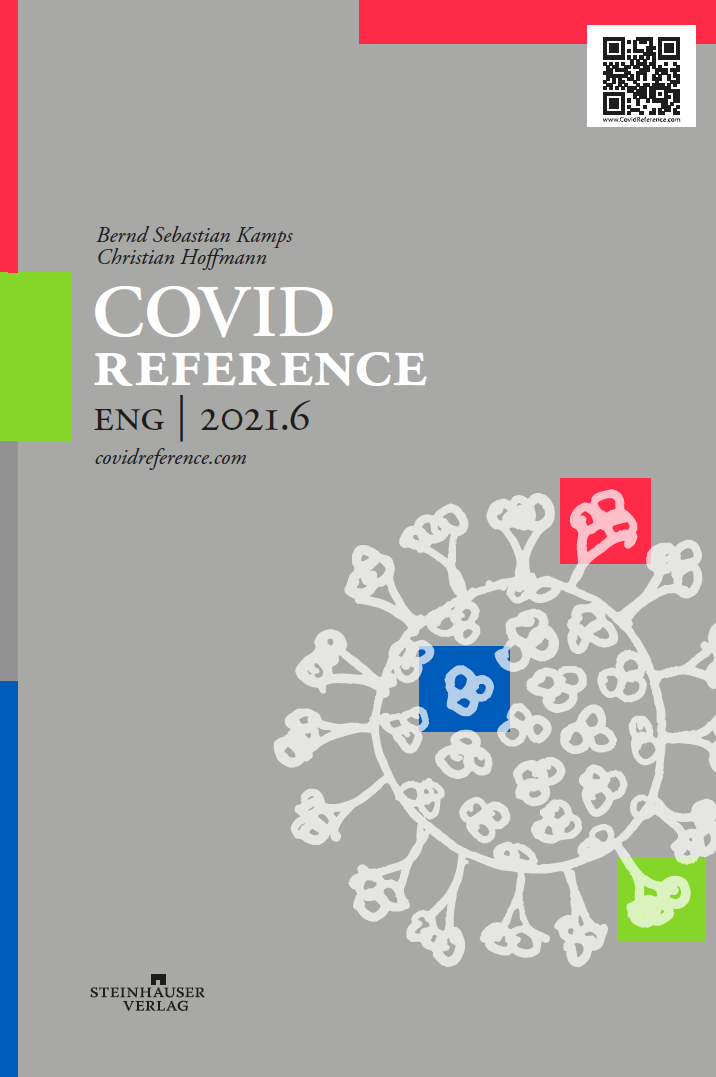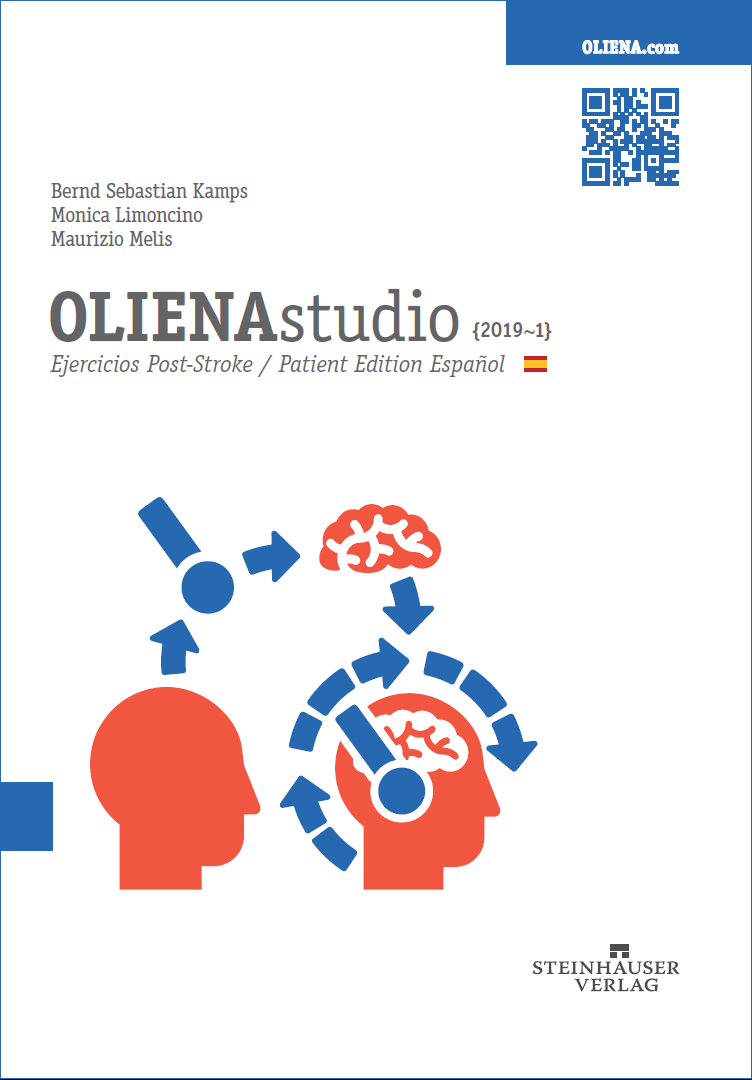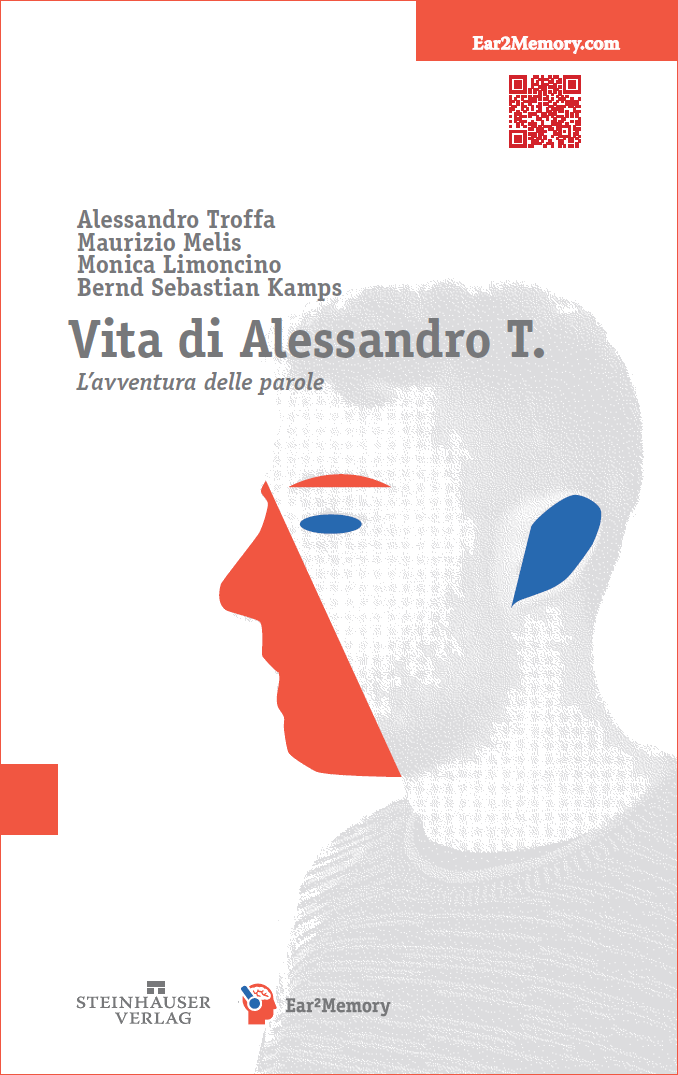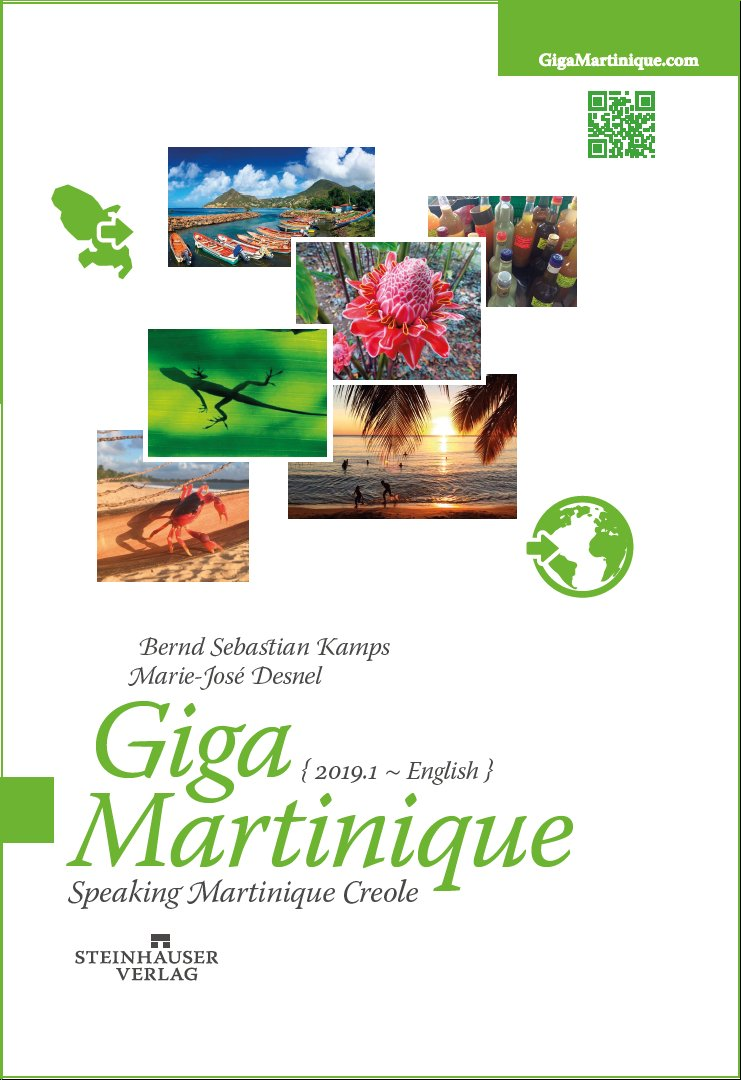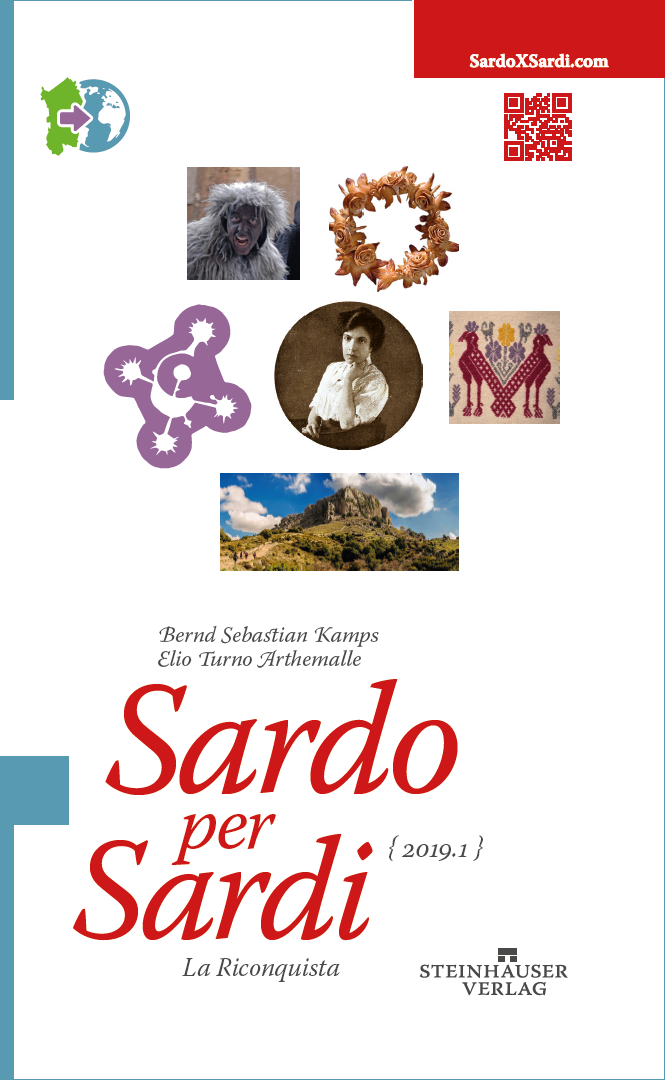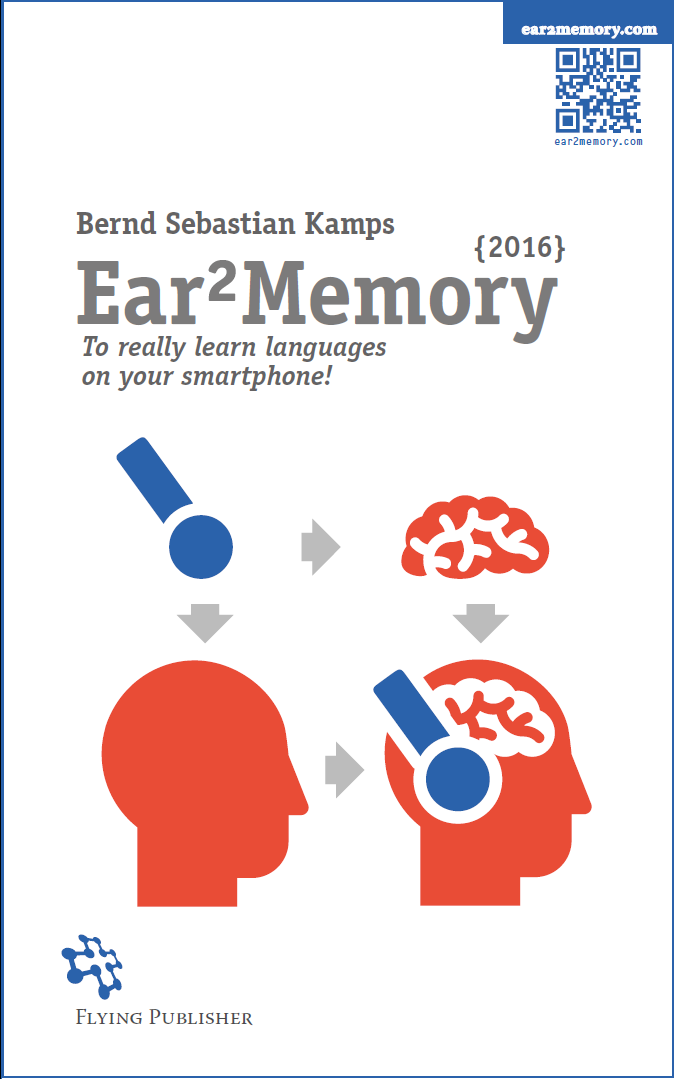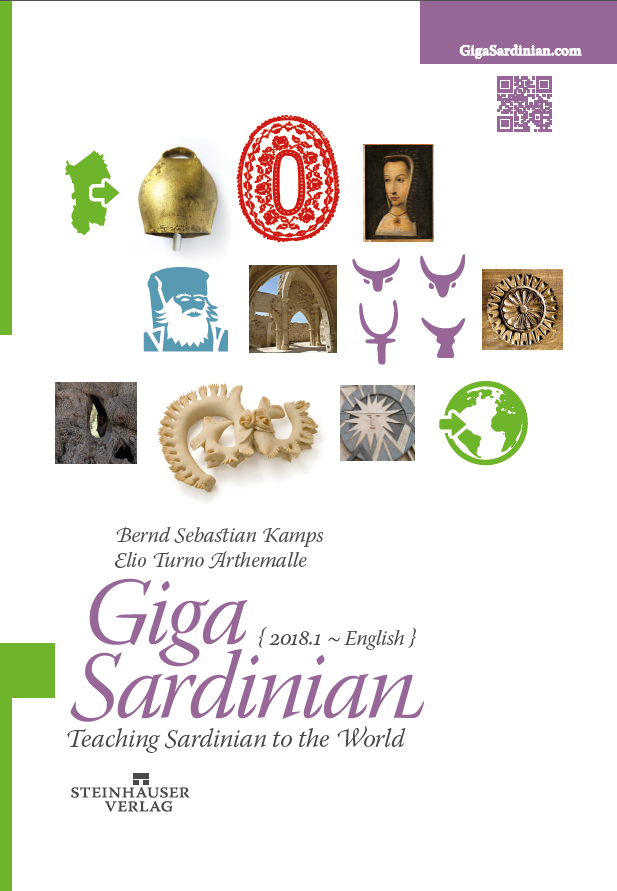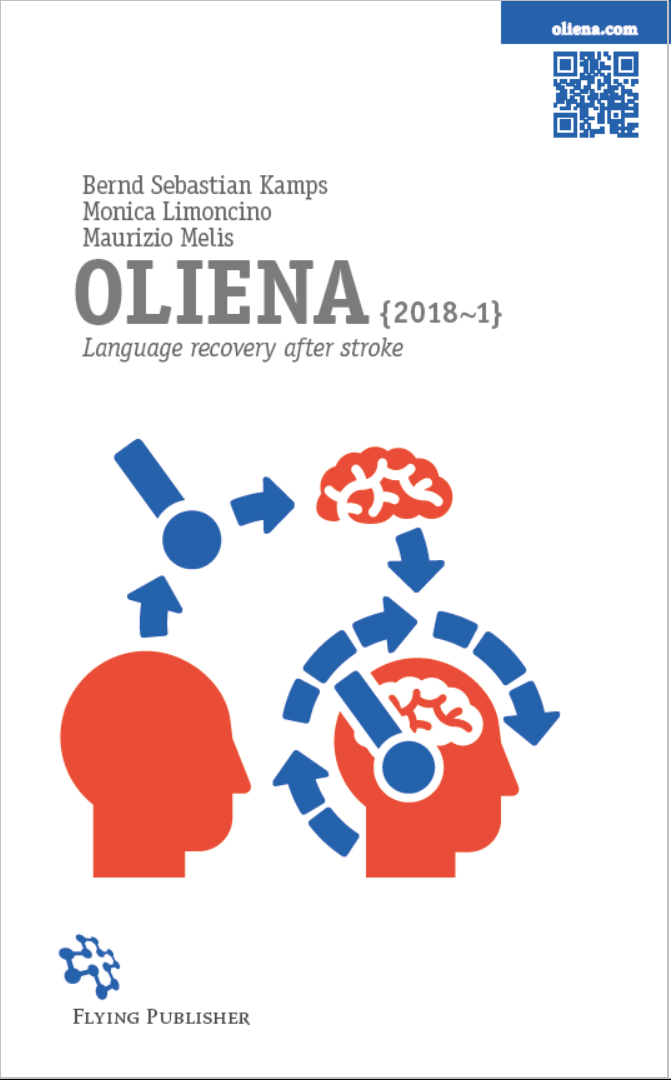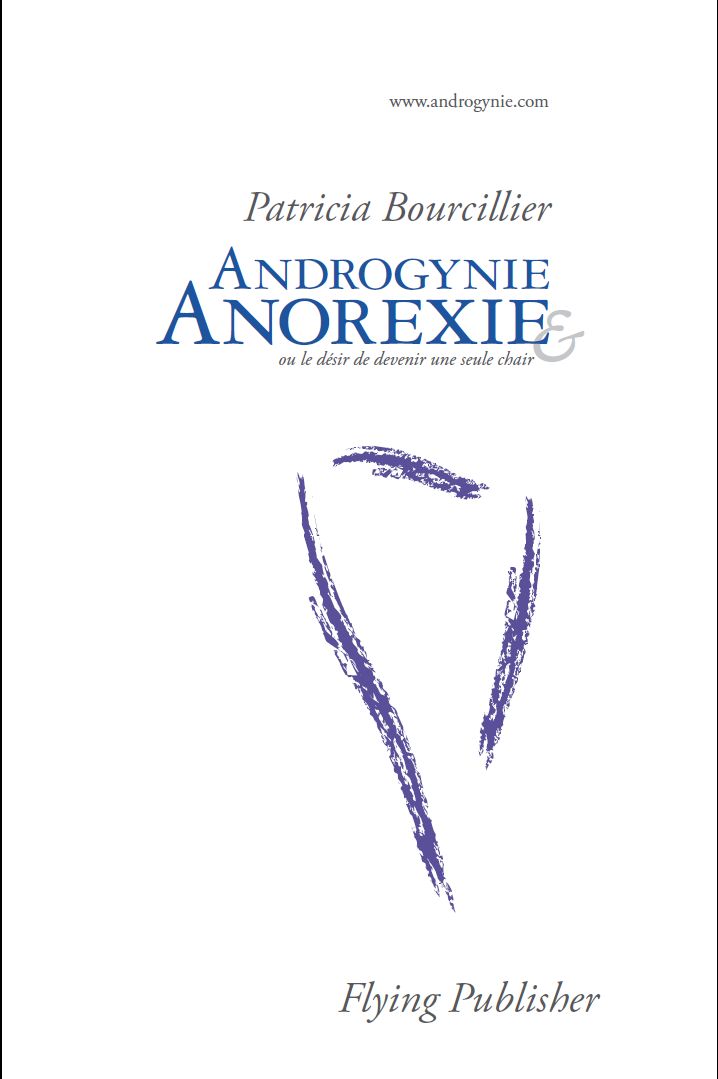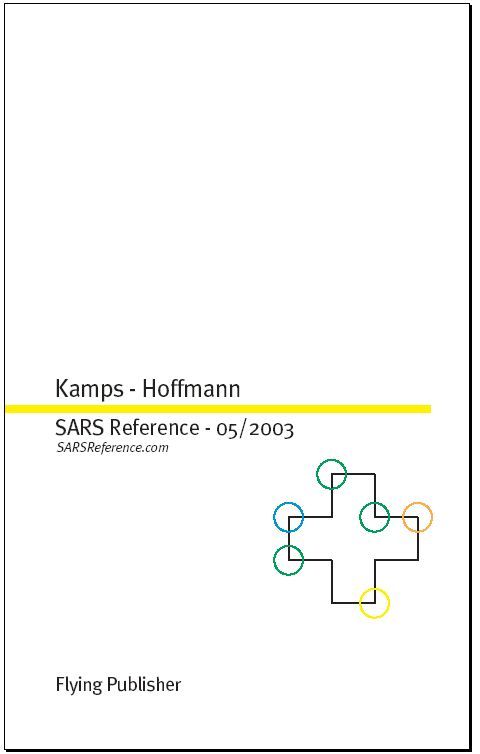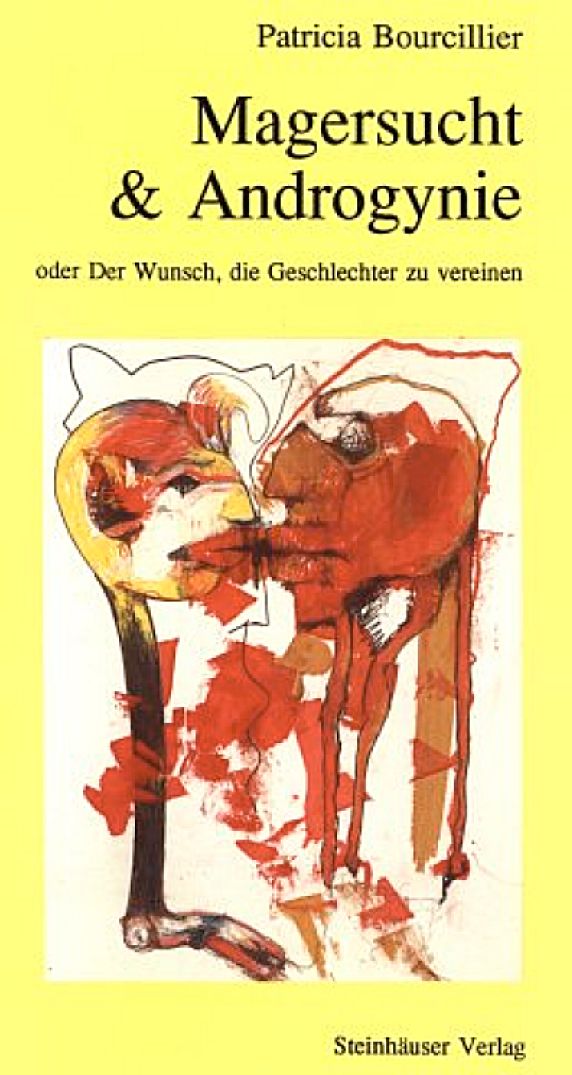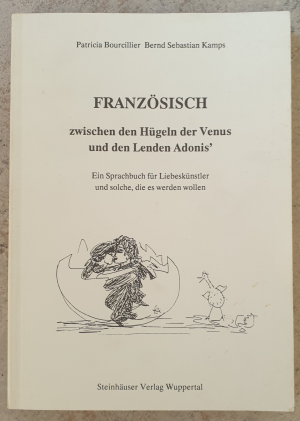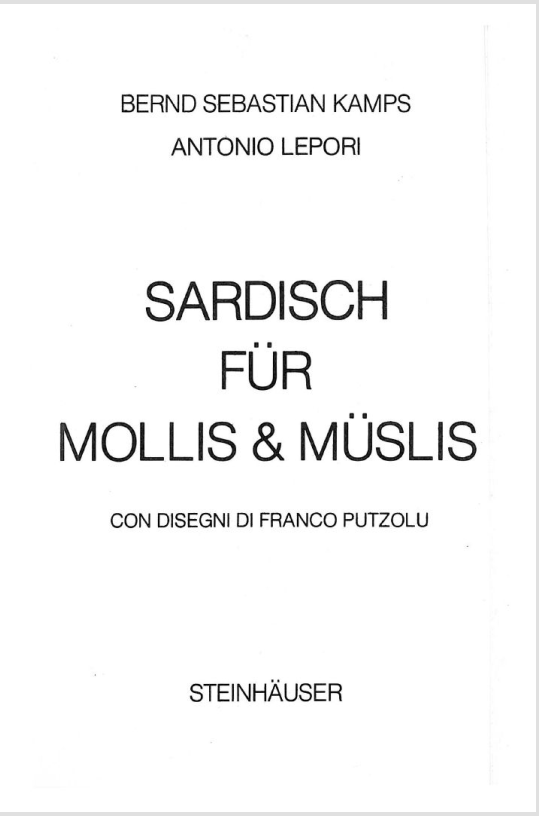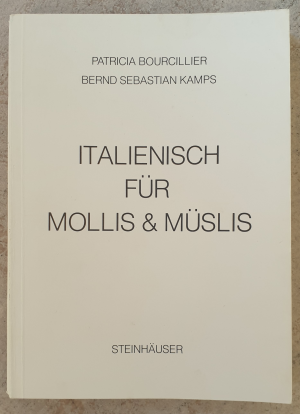Please listen to the audio files until you can distinguish every single word! Over time, you will listen 10, 20 or even 50 times until you understand everything. The Word Brain, page 19ff (download the free PDF) explains why such intense repetition is perfectly normal.
E. Past, Future and What if’s?
Avere: Imperfetto (imperfect tense)
Avere: Condizionale presente (hypothetical “what if’s”)
* * *
Welcome to Italian with Elisa. At the beginning of each level you will find short dialogues. If you just want some basic notions of the Italian language, go through ‘Section A’ of each Level and choose from the 21 episodes of Giulia, Giacomo and their friends (‘A1: Love’) and the 21 fundamental recipes of Italian cuisine (‘A2: Italian Cuisine’). For each of the 21 episodes or recipes, we recommend a three-step-procedure:
1. From the website www.4Elisa.com, download the audio files to your mobile devices; then read the text several times while listening to the audio and checking the English translation.
2. Learn the words from the word list until you know them all (yes, 100% of them!).
3. Finally, listen to the audio files without reading the text.
The third point is the most important one: Listen to the audio files until you can distinguish every single word! Most importantly: don’t be surprised if you need to listen 10, 20 or even 50 times until you understand everything – such intense repetition is perfectly normal. Finally, check the words again. Afterwards, you can go straight ahead to the next episode (at the next level). This is Italian light…
However, if you are more serious about learning Italian, don’t stop here. Instead, continue with section B, ‘Action Words’, section C, ‘Words’, section D, ‘Rules’, etc. Again, please listen to the audios until you can discern every single word and you know the examples and dialogues by heart. Burn the sentences into your brain. Being at ease with hundreds of sentences will soon make Italian feel strangely familiar to you…
A1: Love (1)
Giulia and Giacomo met two months ago during a Pasquetta picnic. They seem to be struggling about their future together.
Normal speed
Slow speed
| Giulia: Basta! La nostra storia finisce qui! Ci separiamo. Non ti voglio più vedere! Mai più! | Giulia: All right already! Our story ends here! We’re finishing. I don’t want to see you again! Never again! |
| Giacomo: Ah, tu vuoi lasciare me? No, Giulia, ti sbagli, io lascio te. Hai ragione, non siamo fatti per stare insieme. A quanto pare hai già dimenticato di domenica scorsa! | Giacomo: Oh, you wanna leave me? No, Giulia, you are wrong – I’m leaving you. You’re right, we’re not meant to be together. As I see it, you’ve already forgotten about last Sunday! |
| Giulia: Domenica scorsa? Che cosa dici? Non c’è stato niente con Maurizio. Tu invece… | Giulia: Last Sunday? What are you saying? There was nothing going on with Mauritius. But you… |
| Giacomo: Io non ho fatto niente. | Giacomo: I haven’t done anything. |
| Giulia: Smettila di fare l’angioletto. La mia amica mi ha raccontato tutto. | Giulia: Stop being the usual angel. My friend told me everything. |
| Giacomo: Tutto che? | Giacomo: What everything? |
| Giulia: Ti ha visto con Valeria. Sei rimasto con lei mezz’ora nella sua stanza. Sei un bugiardo! Basta! Sparisci dalla mia vita! | Giulia: She saw you with Valeria. You stayed with her in her room half an hour. You’re a liar! Enough already! Get out of my life! |
Words
|
basta! |
that’s enough!; all right already! |
|
la storia |
story; history |
|
finire |
to end |
|
separarsi |
to finish, part |
|
non voglio |
I don’t want |
|
vedere |
to see |
|
mai più |
never again |
|
tu vuoi |
you want |
|
lasciare |
to leave |
|
ti sbagli |
you are wrong |
|
hai ragione |
you are right |
|
non siamo |
we are not |
|
per |
for; to, in order to |
|
stare |
to stay |
|
insieme |
together |
|
a quanto pare |
it seems that |
|
già |
already |
|
hai dimenticato |
you forgot |
|
domenica |
Sunday |
|
scorso/-a |
last |
|
ma |
but |
|
che cosa |
what |
|
dici |
you say |
|
c’è stato |
there was |
|
niente |
nothing |
|
con |
with |
|
tu |
you |
|
invece |
but; instead |
|
non ho fatto |
I didn’t do |
|
smettila |
stop it |
|
fare |
to do, make |
|
l’angioletto |
little angel |
|
la mia amica |
my friend |
|
mi ha raccontato |
she told me |
|
tutto |
everything |
|
tutto che? |
all what? |
|
ti ha visto |
she saw you |
|
sei rimasto |
you stayed |
|
con lei |
with her |
|
mezz’ora |
half an hour |
|
nella stanza |
in the room |
|
sei |
you are |
|
un bugiardo |
a liar |
|
sparisci! |
disappear! |
|
la vita |
life |
A2: Italian Cuisine (1)
Please check these five fundamental principles of Italian Cuisine you will need in all the following levels.
Normal speed
Slow speed
| 1. La pasta (spaghetti o ‘pasta corta’ come farfalle, fusilli, penne ecc.) va cotta in abbondante acqua salata bollente (un litro per persona). |
1. The pasta (spaghetti or short pasta such as farfalle [butterflies], fusilli, penne, etc.) should be cooked in abundant boiling salted water (one litre per person). |
|
2. Dopo aver buttato la pasta, girarla immediatamente con un cucchiaio di legno e di nuovo ogni quattro minuti. |
2. After throwing the pasta into the boiling water, stir it immediately with a wooden spoon and again every four minutes. |
| 3. Il condimento si prepara sempre in una padella sufficientemente ampia da contenere la pasta. |
3. The sauce is always prepared in a pan large enough to hold the pasta. |
|
4. Dopo aver scolato la pasta al dente, metterla immediatamente nella padella, mescolarla con il condimento e finire la cottura rigirandola per due minuti a fuoco basso. |
4. After draining the pasta al dente, put it immediately into the pan, mix it with the sauce and finish cooking while stirring for two minutes over low heat. |
|
5. Se non specificato diversamente, l’aglio si aggiunge al condimento sempre intero, schiacciato solo con un coltello largo. |
5. Unless otherwise noted, the garlic is always added to the sauce whole, crushed only with a large knife. |
Words
|
la pasta |
pasta; dough; pastry |
|
corto |
short |
|
la farfalla |
butterfly |
|
fusilli |
spiral pasta |
|
penne |
another type of short pasta |
|
cuocere |
to cook |
|
va cotta |
has to be cooked |
|
abbondante |
abundant |
|
l’acqua |
water |
|
bollente |
boiling |
|
un litro |
one litre |
|
per persona |
per person |
|
dopo |
after |
|
buttare |
to throw |
|
dopo aver buttato |
after throwing |
|
girare |
to stir |
|
girarla! |
stir it! |
|
immediatamente |
immediately |
|
con |
with |
|
il cucchiaio di legno |
wooden spoon |
|
e |
and |
|
di nuovo |
again |
|
ogni quattro minuti |
every 4 minutes |
|
il condimento |
sauce |
|
si prepara |
is prepared |
|
sempre |
always |
|
la padella |
pan |
|
sufficientemente |
sufficiently |
|
ampio/-a |
large |
|
contenere |
to hold |
|
scolare |
to drain |
|
mettere |
to put |
|
mescolare |
to mix |
|
finire |
to finish |
|
la cottura |
cooking |
|
rigirando |
stirring |
|
due minuti |
two minutes |
|
a fuoco basso |
over low heat |
|
se |
if |
|
se non |
if not |
|
specificare |
to specify, to note |
|
diversamente |
differently, otherwise |
|
l’aglio |
garlic |
|
aggiungere |
to add |
|
intero |
entire, whole |
|
schiacciare |
to crush |
|
solo |
only |
|
il coltello |
knife |
|
largo/-a |
large |
B. Action Words
With action words you will discover words that change the world, for example fare to do or to make, volere to wish, sapere to know, vivere to live. In grammar, these words are known as ‘verbs’. We’ll call them action words. We include in this category also avere to have and essere to be.
avere to have
Avere is the most important word in Italian. Like ice cream, it comes in more than 30 flavors. Let’s start with the presente, the present tense. The presente, like all other time slots (‘tenses’) you’ll come across later, has 3 forms for the singular (when you name only one person: I, you, she or he) and 3 forms for the plural (when you talk about more than one person: we, you, they):
|
Singular |
|||
|
(io) |
ho |
I |
have |
|
(tu) |
hai |
you |
have |
|
(lui/lei) |
ha |
he or she |
has |
|
Plural |
|||
|
(noi) |
abbiamo |
we |
have |
|
(voi) |
avete |
you |
have |
|
(loro) |
hanno |
they |
have |
Audio 1.5
As you can see, all six forms are different: ho-hai-ha | abbiamo-avete-hanno. As a consequence, you don’t need the equivalent of the English pronouns I–you–he or she | we–you–they (in italian io-tu-lui/lei | noi-voi-loro; shown in the chart above in parentheses). If you want to say I have, a simple ho will do. The subject is implied in the verb, no need to say it twice!
In the following chapters, you will find dozens of ‘action word sextets’ such as ho-hai-ha | abbiamo-avete-hanno. The structure will always be the same: the first three forms express the singular (I, you, he/she) and the last three the plural (we, you, they).
C. Words
Words are the hard core of language, so expect to learn hundreds and thousands of them. Let’s start with a few words you will often see with avere. Note that in some cases avere to have is translated by to be.
Hunger, thirst, fear
Audio 1.6
|
avere tempo |
to have time |
|
avere fame |
to be hungry |
|
avere sete |
to be thirsty |
|
avere ragione |
to be right |
|
avere paura |
to be afraid (“to have a fear of”) |
|
avere caldo |
to be hot |
|
avere freddo |
to be cold |
Audio 1.7
Now combine ho–hai–ha | abbiamo–avete–hanno with tempo, fame, sete, ragione, paura, caldo and freddo:
|
Ha tempo. |
She (or he or it) has time. |
|
Ho fame. |
I’m hungry. |
|
Hai sete? |
Are you thirsty? |
|
Abbiamo ragione. |
We are right. |
|
Avete paura? |
Are you afraid? |
|
Hanno caldo! |
They are hot! |
|
Ho freddo. |
I’m cold. |
Congratulations! You have built your first two-word sentences. Even better: If you recombine the 6 avere forms with tempo, fame, sete, ragione, paura, caldo and freddo, you can build 42 sentences.
Mai, anche, ancora, et al.
Audio 1.8
Now remember these words:
|
già |
already |
|
spesso |
often |
|
ancora |
still |
|
sempre |
always |
|
perché |
why |
|
forse |
maybe, perhaps |
|
anche |
also |
…and build your first 3-word sentences:
|
Ho già fame. |
I’m already hungry. |
|
Hai spesso sete? |
Are you often thirsty? |
|
Ha ancora tempo. |
He (or she or it) still has time. |
|
Abbiamo sempre ragione. |
We are always right. |
|
Perché avete paura? |
Why are you afraid? |
|
Hanno forse caldo. |
Maybe they are hot. |
|
Ho anche freddo. |
I’m also cold. |
(Your sentence count now stands at 42 x 7 = 294!)
D. Rules
Negatives (I)
Audio 1.9
Don’t stop here; go a tiny step further. Put non before ho–hai–ha | abbiamo–avete–hanno. By doing so, you negate what you said earlier:
|
Non ha tempo. |
He (or she) has no time. |
|
Non ho fame. |
I’m not hungry. |
|
Non hai sete? |
Aren’t you thirsty? |
|
Non abbiamo ragione. |
We are not right. |
|
Non avete paura? |
Aren’t you afraid? |
|
Non hanno caldo. |
They’re not hot. |
|
Non ho freddo. |
I’m not cold. |
E. Past, Future and What if’s?
Do you have storage capacity for another 18 words? Please make this final effort in Level 1 and make a short trip into the past, the future and the “what if” (the hypothetical). Let’s first go into the past.
Avere: Imperfetto (imperfect tense)
Audio 1.10
|
Singular |
|||
|
(io) |
avevo |
I |
had |
|
(tu) |
avevi |
you |
had |
|
(lui/lei) |
aveva |
he or she |
had |
|
Plural |
|||
|
(noi) |
avevamo |
we |
had |
|
(voi) |
avevate |
you |
had |
|
(loro) |
avevano |
they |
had |
The last letters of the Italian words appear in bold. Being at the end of the words, they are called endings. For the imperfetto of avere, these endings are –evo, -evi, -eva | -evamo, -evate, –evano.
Of course, you can combine these six words with everything you learned above:
|
Non aveva tempo. |
She (or he) had no time. |
|
Avevamo sempre ragione. |
We were always right. |
|
Avevate paura? |
Were you afraid? |
|
Avevo fame. |
I was hungry. |
|
Avevano forse caldo. |
Maybe they were hot. |
(You can now build 294 x 2 = 588 sentences!)
Avere: Futuro (future tense)
Audio 1.11
|
Singular |
|||
|
(io) |
avrò |
I will |
have |
|
(tu) |
avrai |
you will |
have |
|
(lui/lei) |
avrà |
he or she will |
have |
|
Plural |
|||
|
(noi) |
avremo |
we will |
have |
|
(voi) |
avrete |
you will |
have |
|
(loro) |
avranno |
they will |
have |
Please memorize also the endings of the future tense –ò, -ai, -à | -emo, -ete, –anno, which are attached to avr-, the future stem of avere (more about future stems later). Some excellent news: The endings of the futuro are identical for all Italian action words!
Again, you can combine avrò-avrai-avrà | avremo-avrete-avranno with everything you learned above, for example:
|
Avrò fame. |
I’ll be hungry. |
|
Non avremo sempre ragione. |
We won’t always be right. |
|
Perché avrai paura? |
Why will you be afraid? |
|
Avrai ancora sete. |
You’ll still be thirsty. |
|
Lui/Lei non avrà tempo. |
He/She won’t have time. |
(You can now build 294 x 3 = 882 sentences!)
Avere: Condizionale presente (hypothetical “what if’s”)
Audio 1.12
|
Singular |
|||
|
(io) |
avrei |
I would |
have |
|
(tu) |
avresti |
you would |
have |
|
(lui/lei) |
avrebbe |
she or he would |
have |
|
Plural |
|||
|
(noi) |
avremmo |
we would |
have |
|
(voi) |
avreste |
you would |
have |
|
(loro) |
avrebbero |
they would |
have |
The endings of the condizionale presente are –ei, -esti, -ebbe | -emmo, -este, –ebbero and, again, are attached to the future stem avr–. Like the endings of the futuro, the endings of the condizionale presente are also identical for all Italian action words!
Of course, you can combine avrei-avresti-avrebbe | avremmo- avreste-avrebbero with everything you learned above:
|
Avresti tempo? |
Would you have time? |
|
Avrebbe forse ragione. |
Maybe he could be right. |
|
Perché avresti paura? |
Why would you be afraid? |
|
Avremmo ancora sete. |
We would still be thirsty. |
|
Lui/Lei non avrebbe sempre tempo. |
He/She wouldn’t always have time. |
(You can now build 294 x 4 = 1176 sentences! Not bad for six pages!)
Summary
Audio 1.13
Let’s summarize your first four sextets:
Presente
ho-hai-ha | abbiamo-avete-hanno
I, you have, he or she has | we, you, they have
Imperfetto
avevo-avevi-aveva | avevamo-avevate–avevano
I, you, he or she had | we, you, they had
I, you, he or she used to have | we, you, they used to have
Futuro
avrò-avrai-avrà | avremo-avrete-avranno
I, you, he or she will have | we, you, they will have
Condizionale presente
avrei-avresti-avrebbe | avremmo-avreste-avrebbero
I, you, he or she would have | we, you, they would have
These 24 words are absolutely central to the Italian language. Remember to remember them!
Action word timeline
The most fascinating aspect of action words is their extension in time. With action words, you time travel from things happening in the present, here and now, back to your experiences in the past, and fast-forward to your projects in the future. Imperfetto (+ passato prossimo; see Level 2), presente, futuro and condizionale are the most important time slots on your life timeline.
In total, Italian action words have 14 time slots; by the end of Level 3, you will discover 10 more of them. Fortunately, 7 of the remaining 10 action tenses are ‘composite tenses’ which you can learn in minutes. The remaining three tenses – the congiuntivo presente, the congiuntivo imperfetto and the passato remoto will be presented in Level 3.
(For right now, we just want you to have heard: congiuntivo presente, congiuntivo imperfetto, passato remoto. You don’t know what they mean, and that’s ok for now.)
F. Buongiorno
Audio 1.14
With more than 1,000 sentences at hand, it is time to add some social vocabulary:
|
buongiorno |
good morning |
When meeting someone or saying good-bye |
|
buonasera |
good evening |
When meeting someone or saying good-bye. Note that in some parts of Italy, for example in Sardinia, it is used immediately after lunch time, i.e., after 3:30 p.m. |
|
buonanotte |
good night |
At the end of the evening; when going to bed |
|
salve |
good morning |
Slightly less formal than the previous three entries |
|
ciao |
hello/hi |
Informal context |
|
per piacere |
please |
When asking for something |
|
piacere |
hello |
Formal situation when you are introduced |
|
arrivederci |
goodbye |
G. Results & Preview
That’s it for Level 1. You have taken your first steps in Italian. A small step for a teacher, a giant leap for you. Now listen to the audio files and read the Italian sentences until you know them by heart. Can you say ho-hai-ha | abbiamo-avete-hanno? You certainly remember tempo, fame, sete, ragione, paura, caldo and freddo? And do you also remember già, spesso, ancora, sempre, perché, forse and anche and what they mean?
And, of course, you’ll never forget
avevo-avevi-aveva | avevamo-avevate–avevano
avrò-avrai-avrà | avremo-avrete-avranno
avrei-avresti-avrebbe | avremmo-avreste-avrebbero
Well, then you have been promoted to Level 2.
* * *
In Level 2, you’ll first see how to be works in Italian and then, how to build the passato prossimo of action words. Thereafter, in Level 3, you’ll attack what is probably the most difficult part of the entire course: avere III, i.e., the full arsenal of our most important Italian word. When that time comes, you’ll have to be prepared for some pretty heavy stuff…




